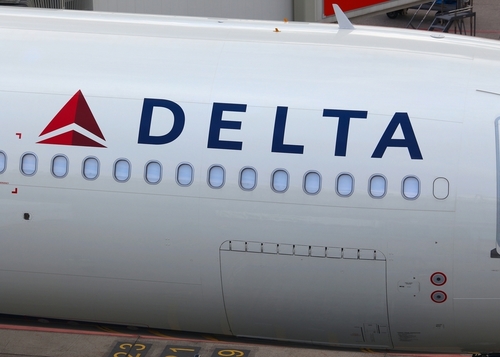The author is a former Detroit News reporter who wrote about highways and transportation and developed expertise about bridges in Michigan. He was president and later administrative officer of the Detroit Newspaper Guild. This first appeared on Facebook and is being published with permission.
By Lou MIeczko

Mackinac Bridge (state photo)
In the aftermath of the Baltimore bridge collapse, various media reports began speculating about how a large freighter could topple such a large structure such as the Francis Scott Key Bridge across Baltimore’s outer harbor.
For example, the Detroit Free Press posted a story about the Baltimore accident and asked, “Could it happen here?”
The story goes to some length to talk about the deteriorating bridge conditions on Michigan highways. It also mentions that in 1989 a motorist lost control of her vehicle and plummeted over the Mackinac Bridge railing into 152 feet of water below.
However, The Free Press misses what bridge engineers have known for years: The best way to protect a bridge is to protect its vertical piers by installing pilings or fenders adjacent to the vertical piers that support a large bridge.
When I covered the 1989 fatal bridge accident on the Mackinac Bridge, I wrote a companion story on how vulnerable the bridge is to a large freighter drifting off course and slamming either into the main support towers or the dozens of supporting spans which comprise the 5-mile-long bridge.
A 1,000-foot freighter, which can weigh as much as 60,000 tons fully loaded, could lose propulsion power like what happened to the ship in Baltimore’s harbor. Or the ship, through a navigational error, could inadvertently go off course and collide with one of the Mackinac’s support spans.
According to engineers I interviewed, such a large ship could easily cut through the four-lane bridge like a hot knife going through butter. The bridge would be no match for such a large object striking it.
In the early 1980’s, a freighter missed the main channel in Florida’s Tampa Bay and crashed into the Sunshine Skyway, resulting in the bridge plummeting into Tampa Bay along with dozens of unlucky motorists, who were killed in the disaster.
The Mackinac Bridge, for all its engineering accomplishments, was built without a protective piling installed adjacent to the vertical concrete piers, which support the steel superstructure. Large older bridges, like the Golden Gate Bridge in San Francisco, have the protective pilings for its two huge towers.
After my story was published in The Detroit News, the Michigan Department of Transportation (MDOT) and the Mackinac Bridge Authority ignored the question raised of how such an incident could result in a horrific accident. Yes, adding pilings or fenders would cost money to install, but how much will it cost the state if it continues to do nothing and an accident such as the Sunshine Skyway or the Francis Scott Key bridge occurs here?
Last year, a brand new freighter traveling upbound on the Detroit River suddenly lost power and drifted helplessly into the Belle Isle shoreline near the Dossin Great Lakes Museum. Each sailing season, hundreds of large freighters pass underneath the Mackinac Bridge.
It doesn’t take much imagination to think such an incident could easily happen at this vulnerable bridge. The owners of the twin oil pipelines, which lie on the Straits bottom, falsely believed no ship would damage those pipelines. But several years ago, a tug barge accidentally dropped its anchor and scraped the pipeline. Luckily it didn’t puncture the line and cause an oil spill into the Straits.
How long will it be before luck runs out for the Mackinac Bridge? This might be the opportune time for the media to start asking the right questions about such a disaster happening here.










